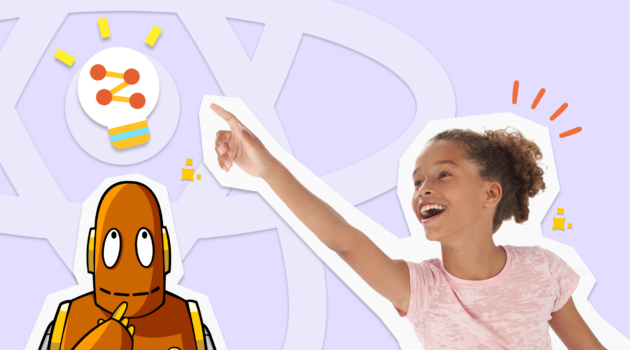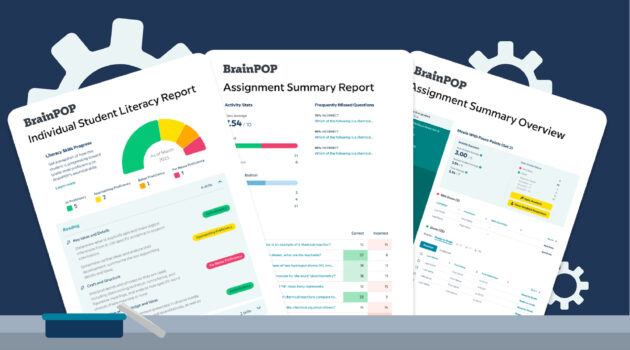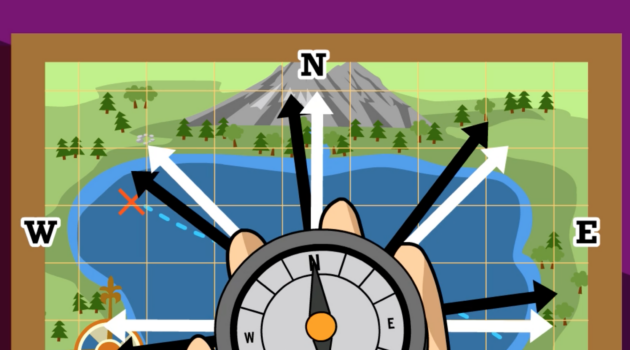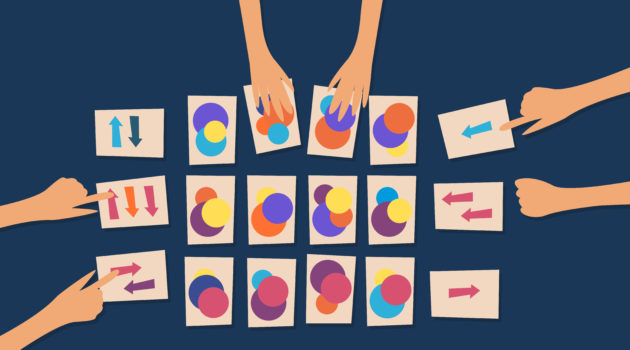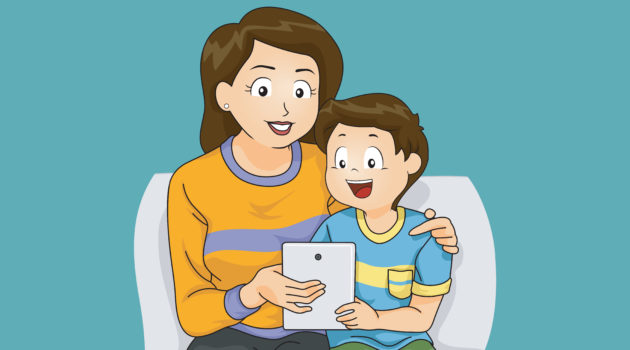Teaching Strategies
6 Ways to Continue Learning Through the Holidays

The holidays are a time to relax and recharge, for both you and your students. But that doesn’t mean learning and engaging curiosity have to fall by the wayside. On the contrary, holiday breaks provide kids uninterrupted hours to explore what interests them most.
Below you’ll find a series of suggestions on how to keep the learning going at home. (And if some students are dead set on video games, have them play ones already tied to your lessons!).
1. Journaling and Blogging
Personal writing is like intrapersonal time traveling. You can revisit a moment in your life and hear back your thoughts and feelings in your own words. The holidays are an excellent opportunity to have young people track growth and change over time. Encourage them to reflect on a novel, track a plant’s growth, document care of a pet, or more simply, just log ideas and impressions.
The best part of this writing is that it’s low stakes and low anxiety because you can’t be wrong. Students can begin by thinking about the different types of writing. If you want your students to go public with their words, encourage them to start a blog.
2. NFL Probability Project
Got a sports enthusiast in your class or household? The NFL is a great source of data and statistics to study a variety of mathematical topics. Fans of longshot teams will enjoy projecting how many wins a team needs to score in the remaining games to make the playoffs.
Devotees of individual players can track game performance and look at what players are likely to achieve by the end of the season. BrainPOP can provide kids with background knowledge on probability, statistics, and averages.
3. Write a Holiday Story or Rewrite a Classic
Storytelling—whether secular or spiritual—is a universal holiday tradition in cultures around the globe. Channel students’ creativity to write a holiday story from their own traditions and cultures.
Another fun activity is to rewrite a classic holiday story from a different character’s perspective. Author Jon Scieszka is famous for writing “fractured fairy tales.” His book, The True Story of the Three Little Pigs, is told from the Wolf’s point of view. For background, explore BrainPOP’s Point of View topic.
4. Book or Movie Club
Start a class book or movie group! Have students vote on classic movies or books to watch or read over the break. After break, discuss the themes, characters’ decisions and motivations, and the art of great storytelling. Lay the groundwork for your students with BrainPOP’s introductions to Dramas, Filmmaking, and Literary Genres.
5. Oral History Project
Holiday celebration rituals offer a great opportunity for students to explore their family history. Has their family lived in the same place for generations, or have they come from faraway places? What were the holidays like for their parents and grandparents when they were growing up?
There is a wealth of knowledge in families, which will highlight the similarities and differences to life in the 2020s. BrainPOP’s Conducting an Interview and Research movie can help kids get started.
6. Holiday Music Project
Today’s holiday songs and sounds may differ from long ago, but music has been iconic during this time of year for centuries. Invite your kids to explore the spectrum, from religious music to pop jingles. Artists from all genres and time periods have penned holiday music, from Mozart and Beethoven, through Elvis and the Beatles, and up to contemporary artists. Students can then create a holiday playlist to share with family and friends. Or write their own!
Creating and and sharing memories is one of the best parts of the holiday break. Through imaginary tales they write and reading adventure stories from around the world, kids can return in January fully charged and full of new ideas!


